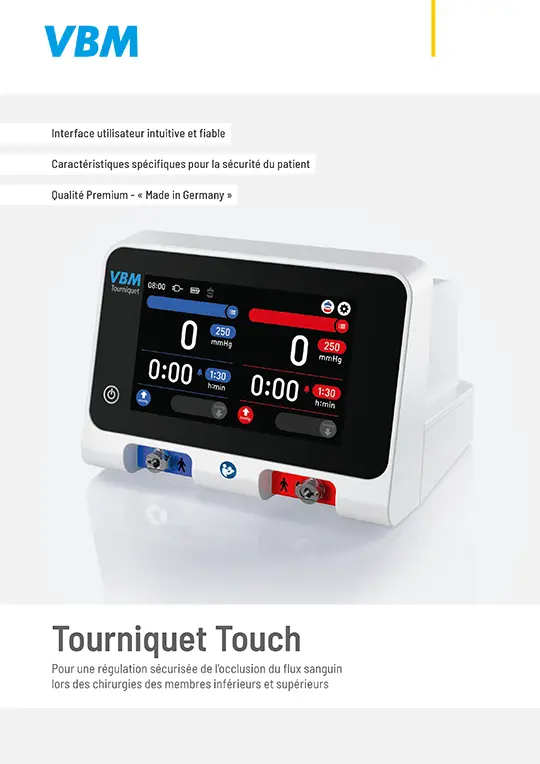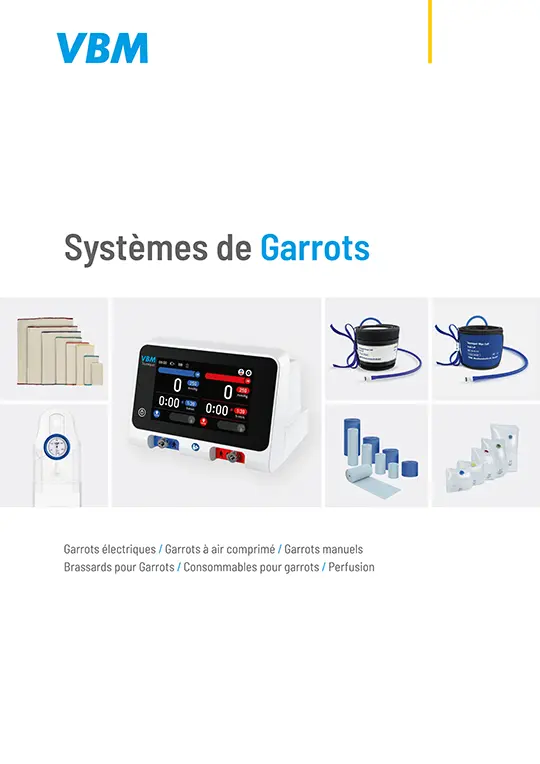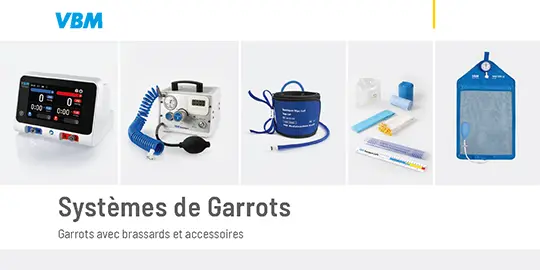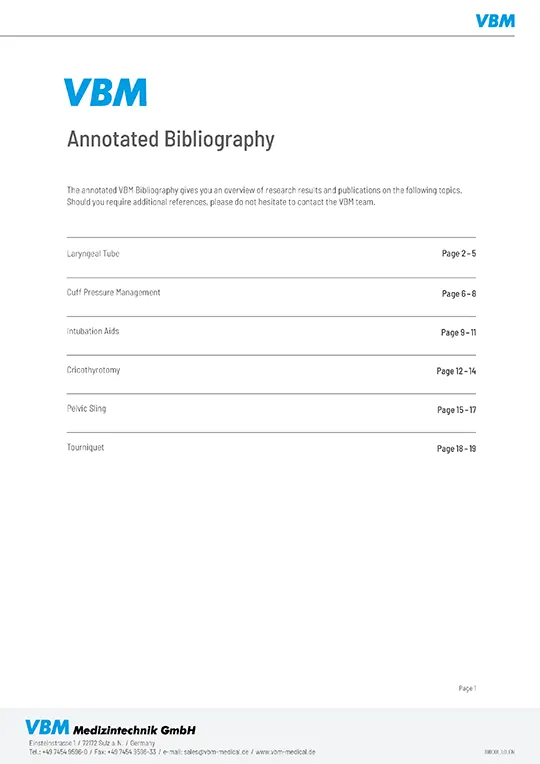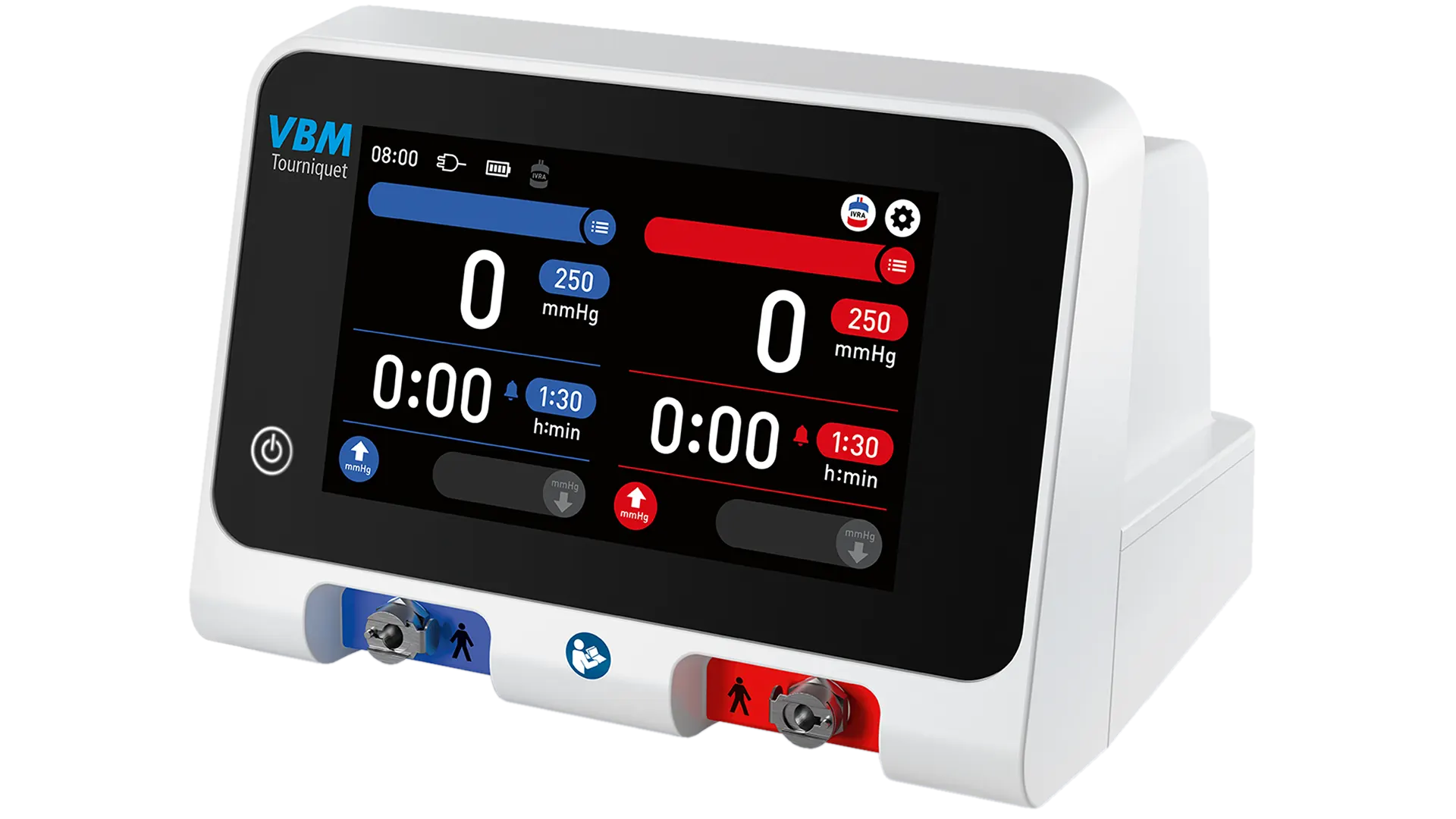
Tourniquet Touch
Pour une régulation sécurisée de l'occlusion du flux sanguin
lors des chirurgies des membres inférieurs et supérieurs
Interface utilisateur intuitive et fiable
Caractéristiques spécifiques pour la sécurité du patient
Qualité Premium - « Made in Germany »

Le Tourniquet Touch est un garrot chirurgical électrique. Il régule la pression d'un brassard qui occlut temporairement la circulation sanguine du membre supérieur ou inférieur d'un patient afin d'obtenir un champ exsangue. Des innovations telles que les boutons à choix rapide et le système d'alarme spécifique simplifient l'utilisation de l'appareil et assurent la sécurité du patient. L'interface du système est fiable et intuitive et permet une maintenance facile pour l'ingénieur biomédical (calibration, auto-test, test de fuite).
——Produits
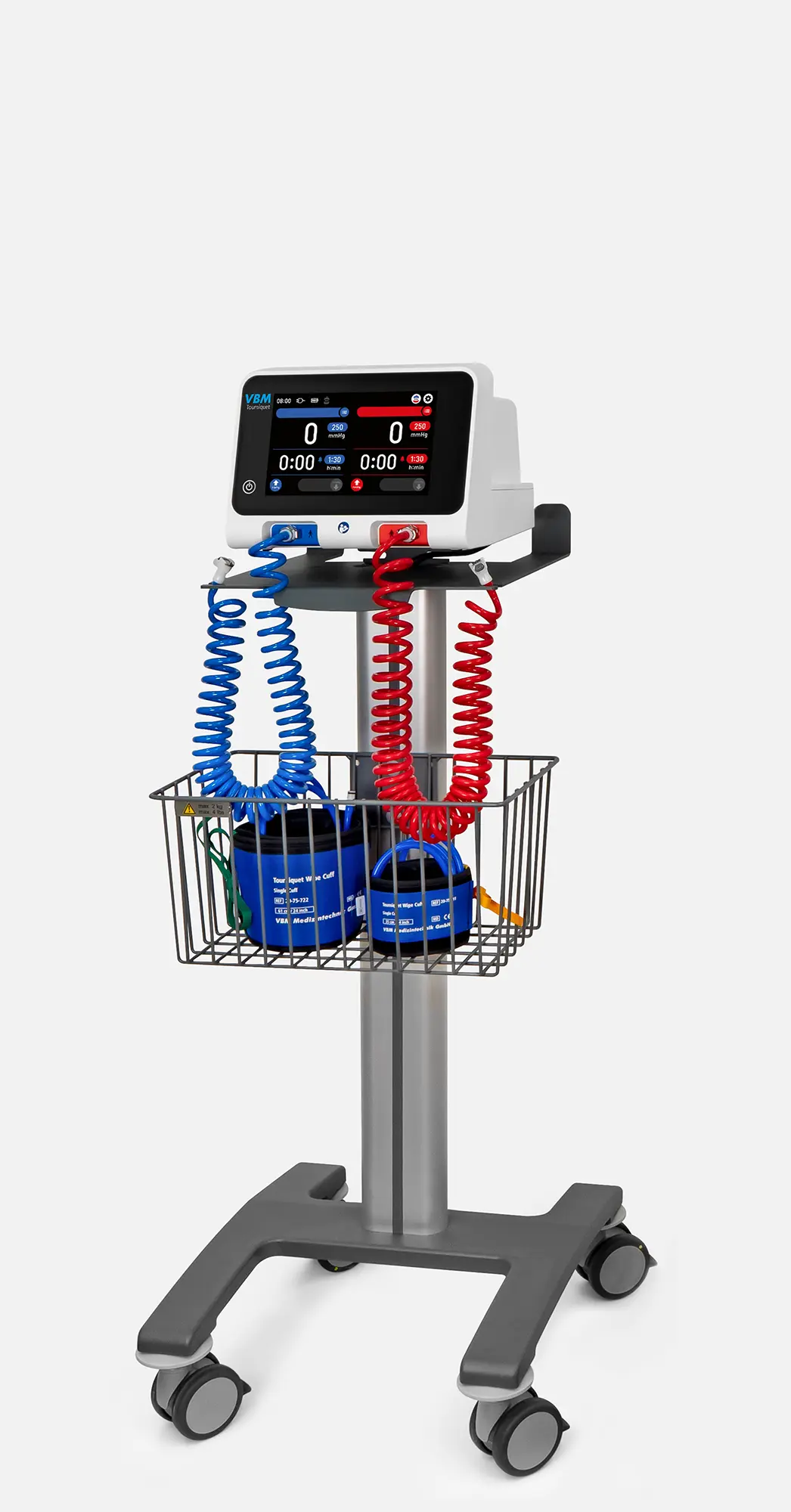
Tourniquet Touch TT20 avec 2 canaux
Pour utilisation avec brassard simple, 2 brassards simples ou brassard double.
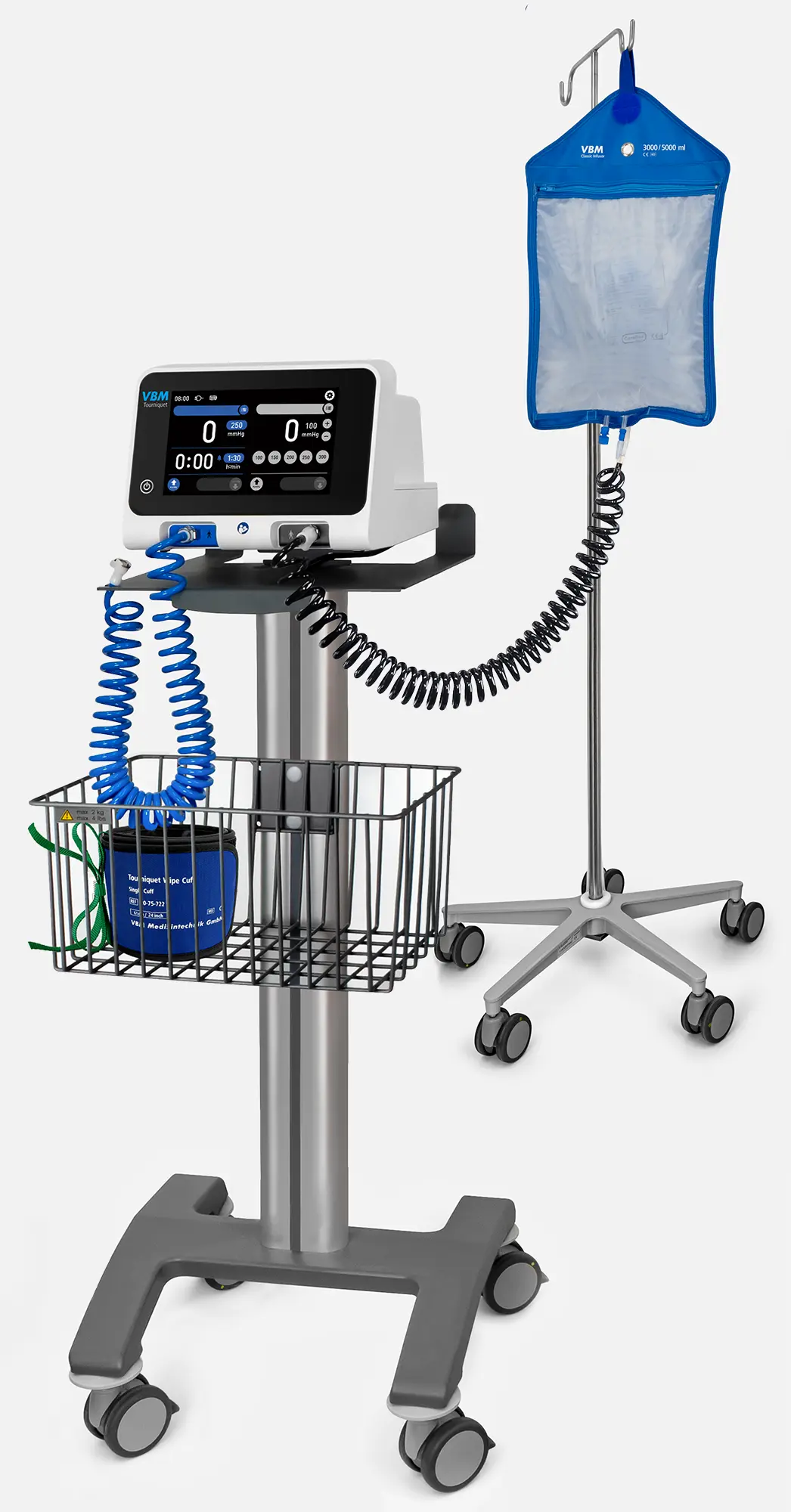
Tourniquet Touch TT15 avec canal de brassard et canal d'irrigation
Pour utilisation avec brassard simple et manchette à pression.
——Spécifications
Écran
- 8 pouces (800 x 480 pixel)
- Grand angle de vision (170°)
- Faible réflexion, mat, anti-éblouissant
Écran tactile
- Verre 100% premium
- Nettoyage et désinfection faciles
- Utilisable avec des gants chirurgicaux
Réglages
- Les valeurs par défaut permettent un préréglage personnalisé du temps et de la pression
- Maintenance facile (calibration, auto test, test de fuite)
Batterie
- Lithium-ion (14.4 V – 93.6 Wh)
- Environ 8 heures d'autonomie
Canal de brassard
- Plage de pression: 80 – 500 mmHg
- Intervalle de temps: 15 – 120 minutes
Canal d'irrigation (TT15)
- Plage de pression: 50 – 300 mmHg
Port USB
- Mise à jour logiciel
- Sauvegarde fichier journal pour diagnostique du dispositif
Carénage
- Avec poignée intégrée
- Matériau très robuste
- Nettoyage et désinfection faciles
Poids / Dimensions / Tension d'alimentation
- 4.5 kg
- Hauteur 186 mm, largeur 263 mm, profondeur 226 mm
- Tension d'alimentation 100 – 240 VAC
——Caractéristiques
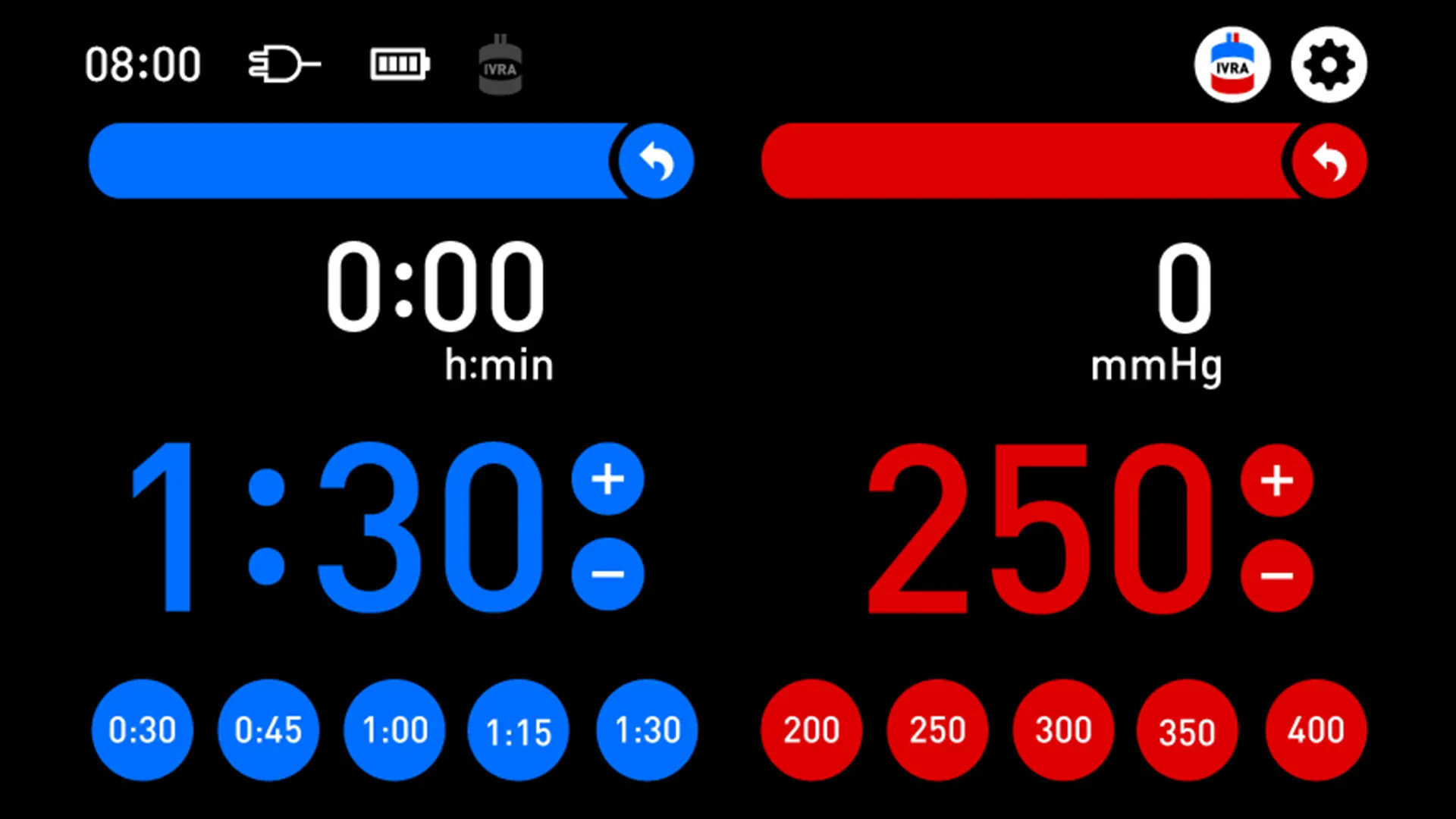
Boutons à choix rapide
- Permettent de changer la pression et le temps pour les valeurs prédéfinies avec seulement deux touchers tactiles
- Inutile de taper des flèches et boutons de confirmation
- Facilite le changement immédiat de pression peropératoire
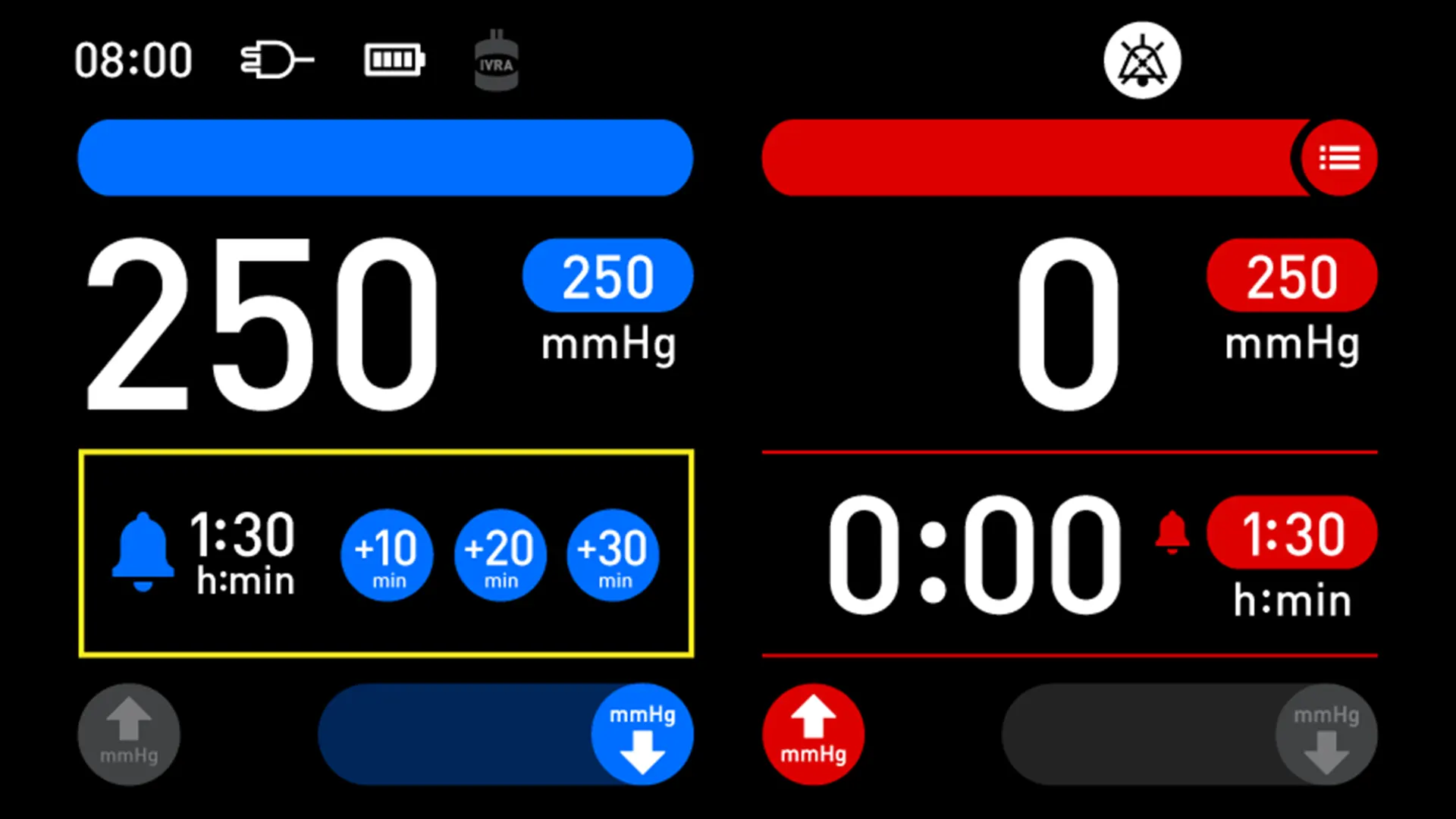
Alarme minuterie
- Monitorage précis du temps de l'intervention
- L'utilisateur est prévenu lorsque que le temps d'alarme est atteint
- Le temps d'alarme peut être prolongé par tranches de 10, 20 ou 30 minutes
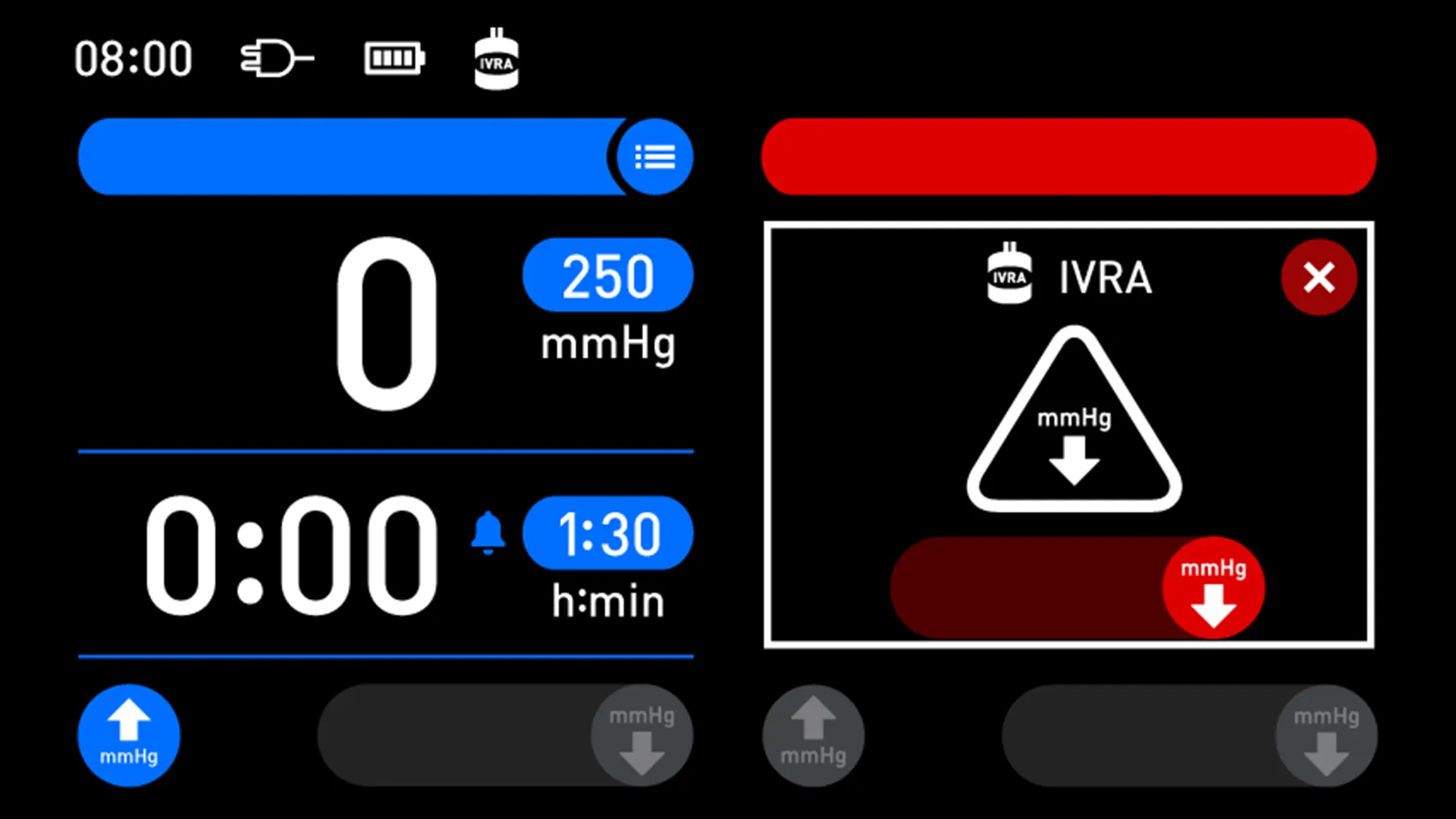
TT20: Anesthésie loco-régionale intraveineuse (ALRIV)
- Verrouillage de sécurité pour réduire le risque de dégonflage accidentel et prévenir une perte soudaine de l'ALRIV
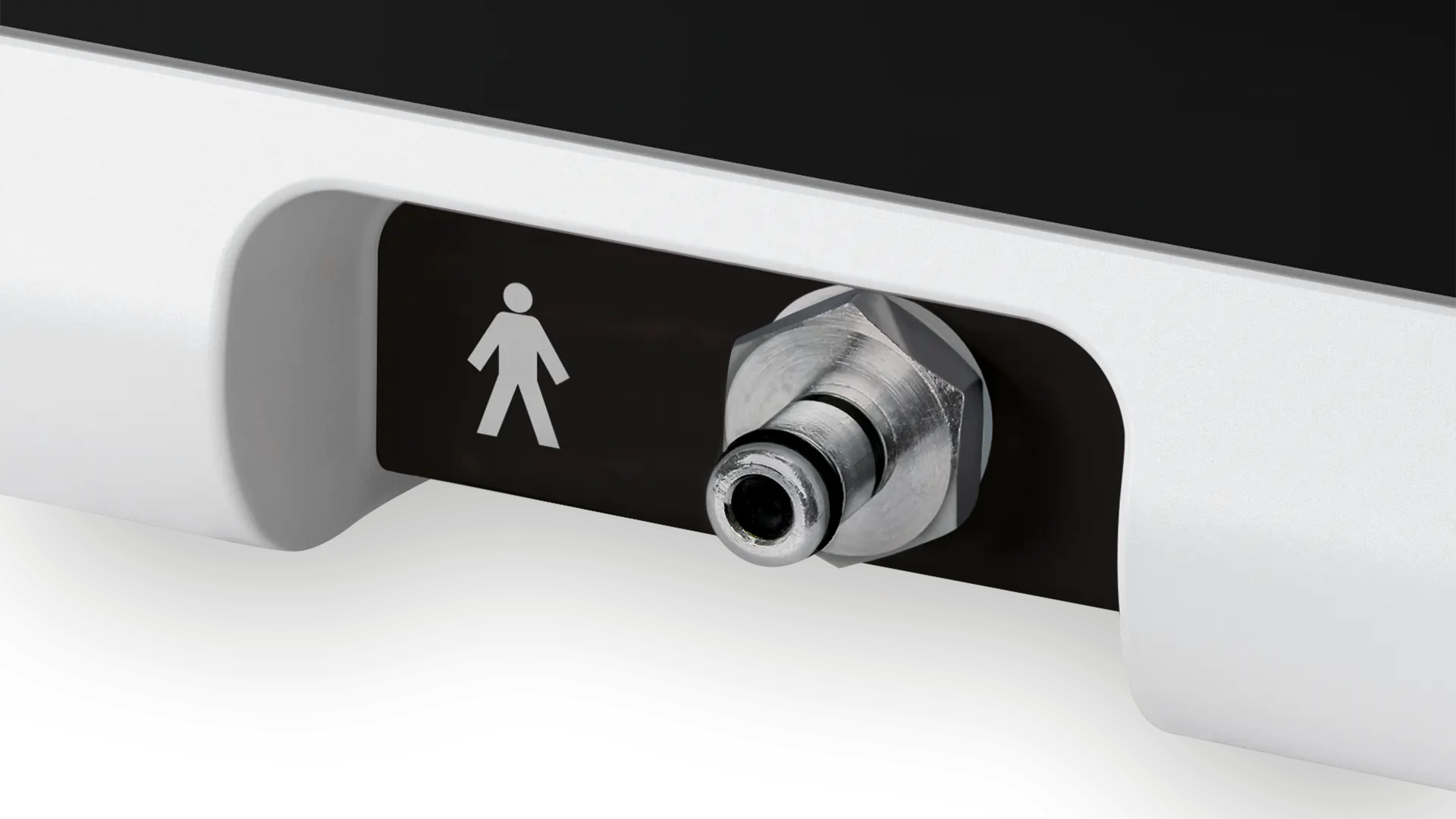
TT15: Connexion pour canal d'irrigation
- Port d'irrigation avec connecteur spécial pour manchette à pression et pour éviter la connexion avec un brassard
- La pression est monitorée et ajustée constamment pour compenser la baisse de pression engendrée par la diminution de la quantité de fluide dans la poche
——Support mobile, panier et tuyau de raccordement
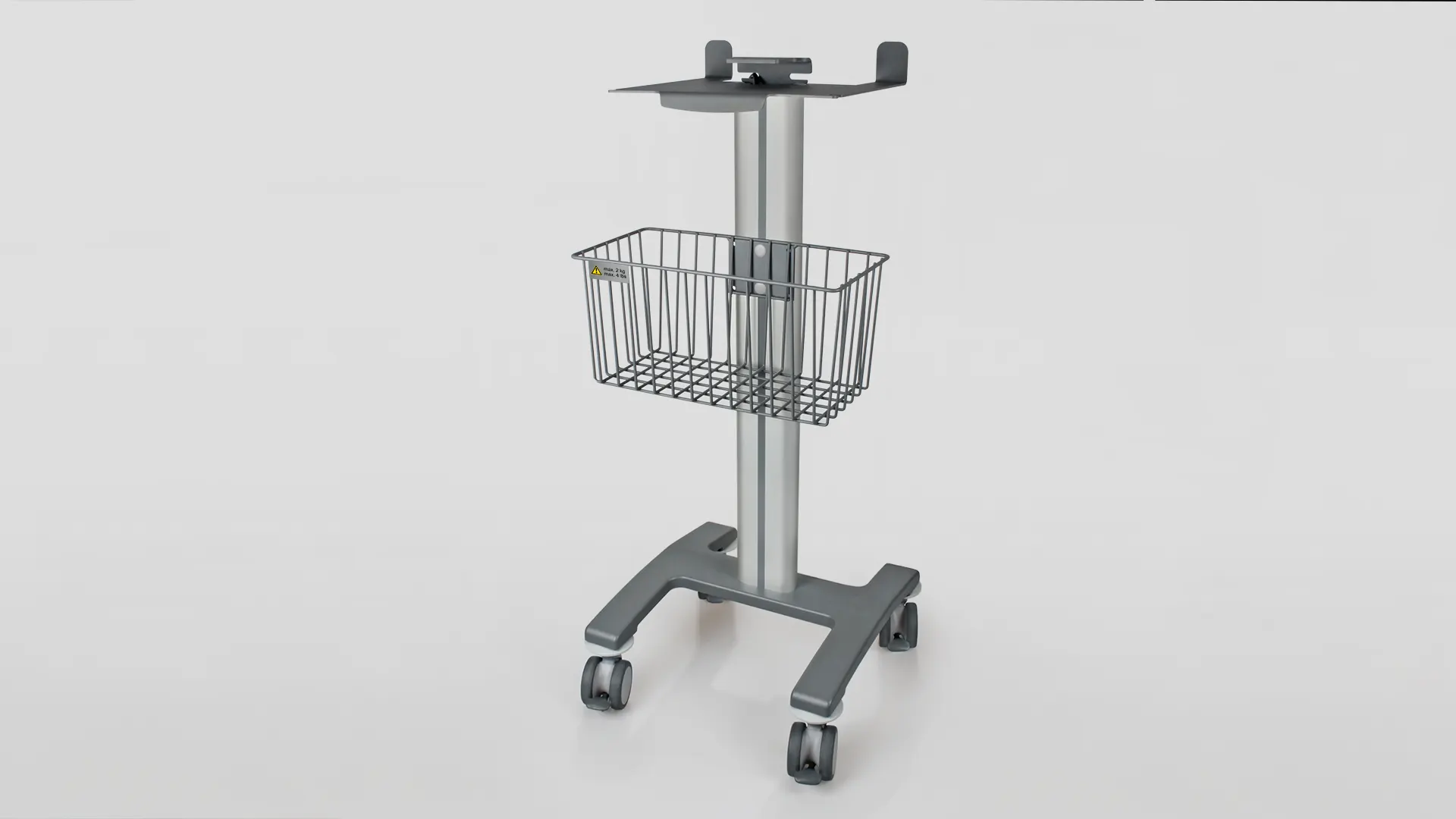
Support mobile avec panier
- Poignée pour faciliter les manoeuvres
- Cintre pour câble pour accrocher le câble pendant les déplacements
- Accroche de tuyau pour positionnement des tuyaux pendant les déplacements
- Passage de câble à l'intérieur du pied de support pour soulager la tension et assurer le guidage du câble
- Panier de 2 kg de capacité
- Possibilité d'accrocher un deuxième panier
- 4 roulettes avec frein (2 roulettes ESD)
- Dimensions: hauteur 939 mm, largeur 400 mm, profondeur 400 mm
- Poids: 8.2 kg
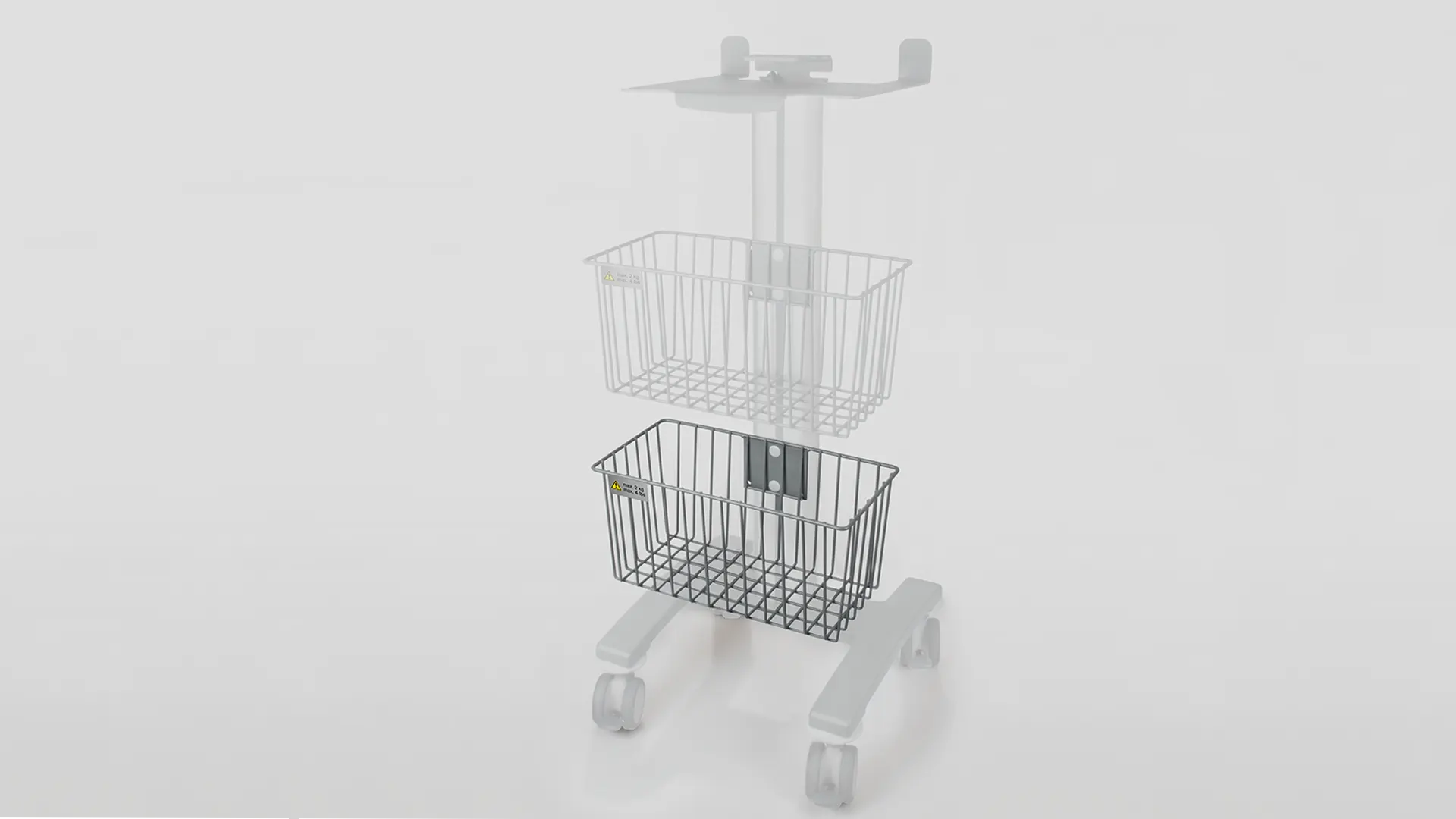
Panier
- Dimensions: hauteur 185 mm, largeur 377 mm, profondeur 196 mm
- Poids: 0.73 kg
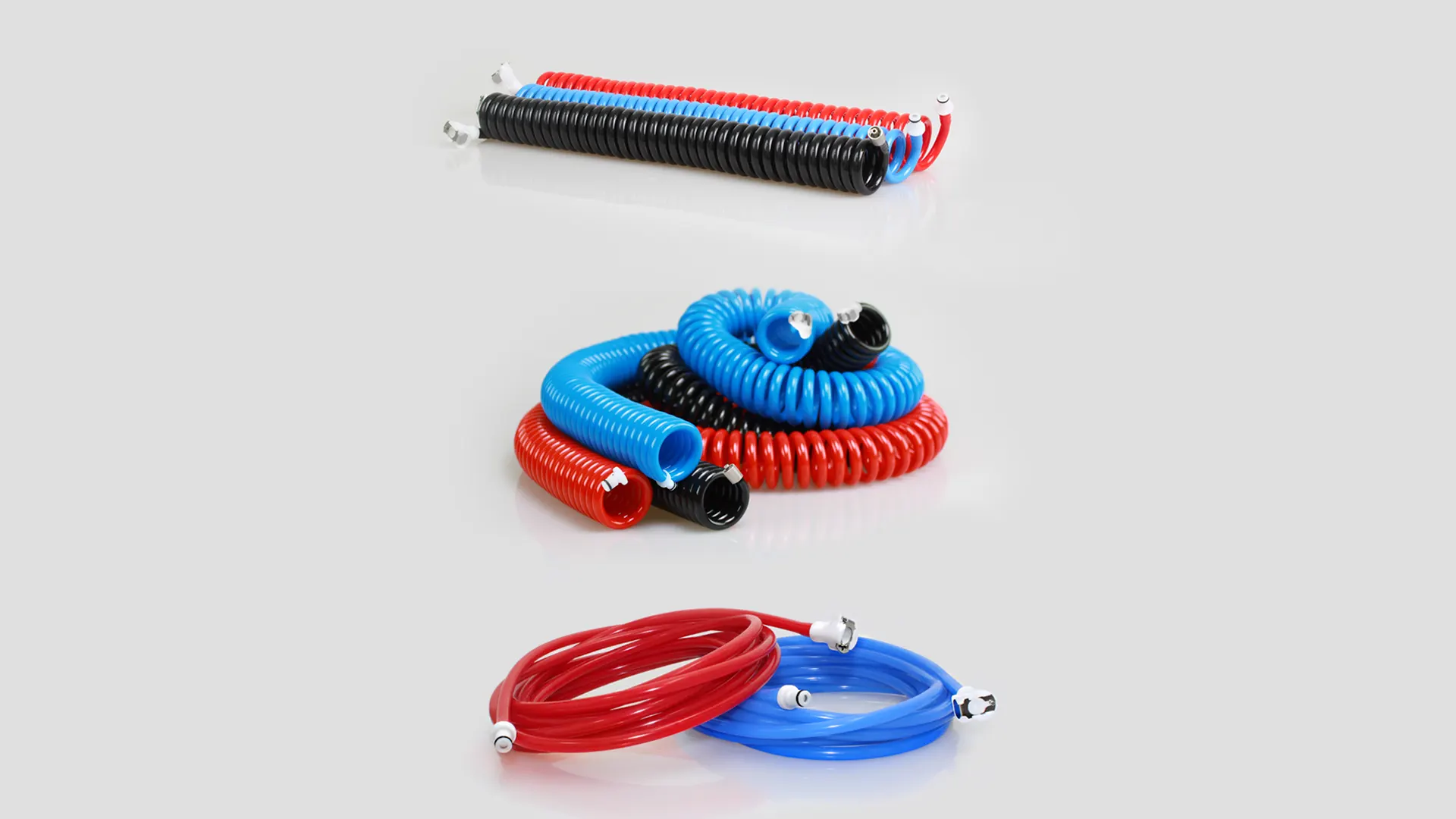
Tuyau de raccordement
Pour canal de brassard (TT20 & TT15)
- Tuyau spiralé de raccordement, bleu/rouge, longueur tendue 3.0 m / 6.0 m, Matériau : Polyuréthane
- Tuyau lisse de raccordement, bleu/rouge 4.5 m, bleu/rouge 4.5 m, Matériau : Silicone
X
Pour canal d'irrigation (TT15)
- Tuyau spiralé de raccordement, noir, longueur tendue 3.0 m / 6.0 m, Matériau : Polyuréthane
——Vidéos d‘application
——Informations supplémentaire
——Questions fréquemment posées
What versions of the Tourniquet Touch are available?
The TT exists in 2 different configurations: The TT15 with cuff and irrigation channel and the TT20 with two cuff channels including the option of IVRA.
What are the recommendations for Service and Maintenance?
An inspection has to be performed once a year by a biomedical engineer. The inspection includes calibration, a self-test and a leak test. This can be performed through the device settings via the two options “Calibration” and “System check”.
Does VBM offer product training or training videos?
We are offering product training either at our premises, online or on your site upon request. Training videos are available on our website www.vbm-medical.de
What is the pressure range of the TT?
The pressure of the cuff channel can be set in a range between 80 and 500 mmHg. The TT15 has an additional irrigation channel with a range between 50-300 mmHg.
Which alarm time can be set?
The alarm time can be set in a range between 15 and 120 minutes.
What exactly are the so called “Fast-Choice-Buttons”?
“Fast-Choice-Buttons” allow a quick selection of pressure and alarm time thanks to preset values. Between 200-400 mmHg for pressure and between 30-90 minutes for alarm time. “Fast-Choice-Buttons” can be used at any time of the procedure.
Is it possible to extend the time after the alarm?
Yes, the time can be repeatedly extended by 10, 20 or 30 minutes.
Can the factory settings for pressure (250 mmHg) and time (90 min) be changed?
Yes, it is possible to change the default values for pressure and time according to the requirements of the user. It is necessary to close the settings menu and restart the device after changing the values.
Is there an interface for a printer?
No, a printer cannot be connected to the device but you can check time and pressure of the last 5 sessions by clicking the history button.
What is the purpose of the USB-port?
With help of the USB-port it is possible for the manufacturer to read-out error codes. Furthermore it is an interface for software updates performed by the manufacturer.
Is it possible to operate the device with surgical gloves?
Yes, it is possible to operate the TT either with or without surgical gloves.
How long is the start-up time, including the self-test?
The start-up including the self-test takes approximately 30 seconds.
What is performed during the self-test?
The self-test checks parameters such as internal security features, voltage and device temperature, the supply of compressed air at the two channels, storage media, battery, soft- and hardware versions and the alarm systems.
What is the IP code of the TT?
IP code of the TT is IP20 and therefore not waterproof due to its venting slots at the back of the Tourniquet which ensure appropriate airflow and prevent the battery from overheating. However, wipe disinfection of the housing is easily possible and not damaging the TT.
How can the device be disinfected?
The Tourniquet Touch can be disinfected through a common wipe disinfection.
Which accessories are available?
- Robust mobile stand with basket, exclusively designed for the Tourniquet Touch
- Additional basket to increase storage place
- Coiled and smooth connecting tubing in different lengths
Which are the languages included in the TT?
The TT has been designed with enhanced user-friendliness and shall be mostly operated without a certain language. However for the settings menu, various languages can be selected. These languages are as follows: English, German, French, Spanish, Italian, Portuguese, Dutch, Swedish, Norwegian, Finnish, Danish, Czech, Polish, Turkish.
Does the TT fulfill the IEC 60601-1-2 Standard?
Yes, the TT fulfills the IEC 60601-1-2 Standard. Within this Standard EMC immunity and emission are tested by an accredited test laboratory (see IFU).
Does the TT interfere with electrosurgical units?
Yes, If the TT is in the proximity of a high-frequency surgical unit or a high-frequency shielded room, this may cause the TT to malfunction.
What can be done to avoid the interference?
1. Increase the distance between the TT and the HF surgical equipment including the cable.
2. The cable of the monopolar electrode and the neutral electrode of an HF surgical unit must be guided parallel and close to each other to the patient.
What is the autonomy with a fully loaded battery?
Without power source and a fully loaded battery, it is possible to run the device during approximately 8 hours.
What does it mean when the On/Off-Button flashes when pressed?
It means, that the battery is very low and needs to be charged. The device is equipped with a Lithium ion battery whose charging process is controlled by a battery management system. The charging process is performed depending on the temperature and the state of charge to increase the shelf life of the battery. This means the charging time can significantly vary.
How to ensure a long battery shelf life and to avoid damage to the battery?
If the device is not used and it has not been connected to the power supply, it must be recharged every 5 months. This prevents deep discharge of the battery. Do not switch on the device during charging.
What is LOP (Limb Occlusion Pressure)?
LOP is the minimum pressure required to stop the flow of arterial blood into the limb distal to the pneumatic tourniquet cuff.
What is the LOP determination method with the TT?
The tourniquet cuff is placed around the extremity with a snug fit. To determine the LOP, a pulse oximetry probe is applied to the toe or index finger at the side of the operation and the cuff is inflated slowly (by steps of 10 mmHg) until the arterial pulsations disappeared on the monitor. This pressure is recorded as LOP.
Do I need to proceed with exsanguination prior to determine LOP?
No, exsanguination of the limb is not requested prior to LOP determination. After LOP recording, the cuff is deflated and the procedure with exsanguination can start.
How do I set the operative tourniquet pressure based on LOP?
Following exsanguination of the limb with an Esmarch bandage, the tourniquet cuff is inflated to the operative tourniquet pressure:
Operative tourniquet pressure = LOP + safety margin
According to the guidelines of the Association of Perioperative Registered Nurses (AORN) the following safety margin is recommended:
If LOP ˂130mmHg, add 40mmHg safety margin
If LOP 130 – 190mmHg, add 60 mmHg safety margin
If LOP ˃190mmHg, add 80mmHg safety margin
What is AOP (Arterial Occlusion Pressure)?
It is a synonym to LOP according to the guidelines of the Association of Perioperative Registered Nurses (AORN).
Where is the TT manufactured?
The TT is manufactured at VBM headquarters in Sulz, Germany.
——Thèmes et produits associés
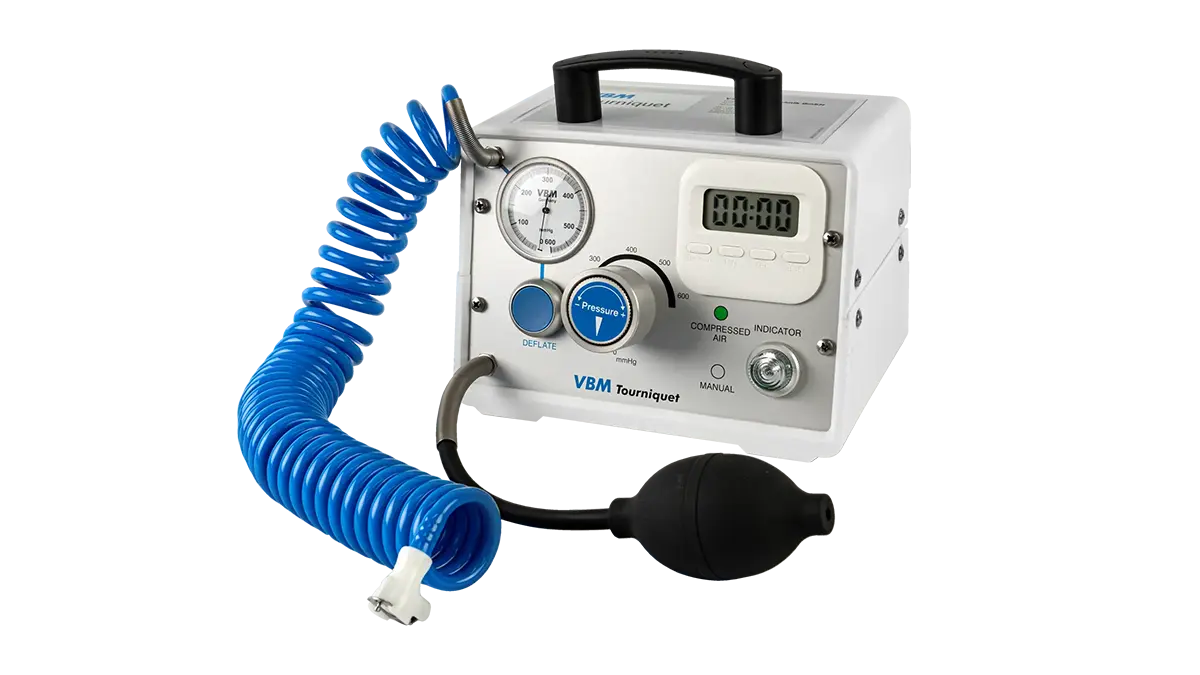
Garrot à air comprimé
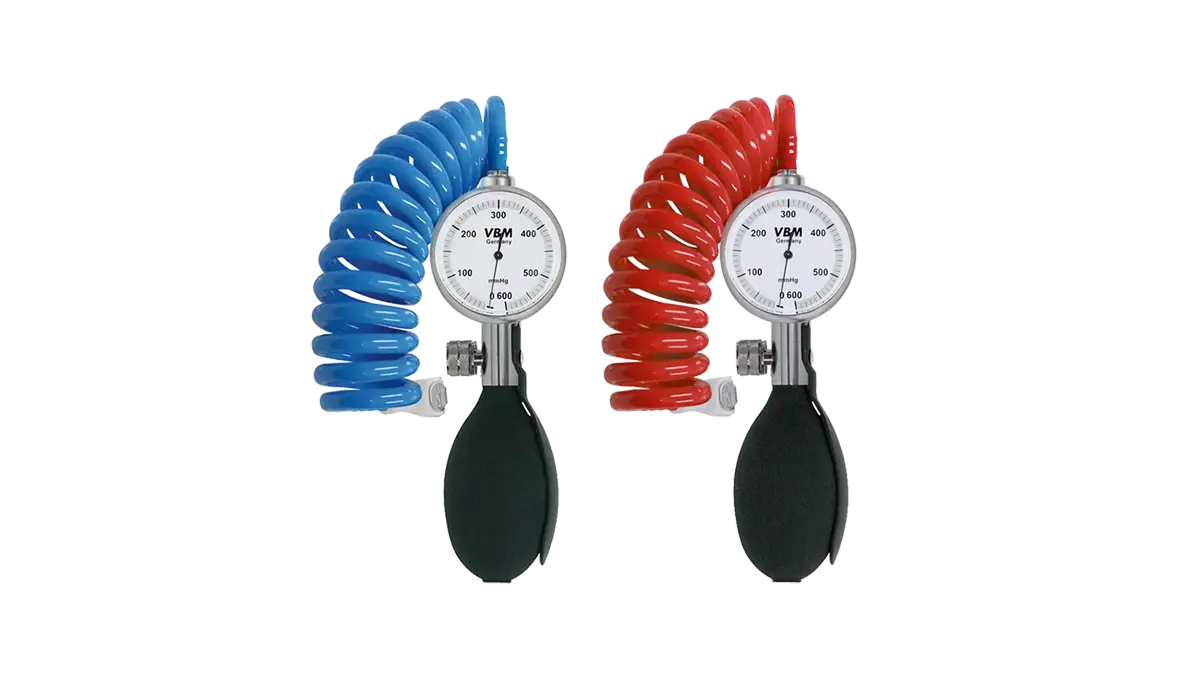
Garrot manuel
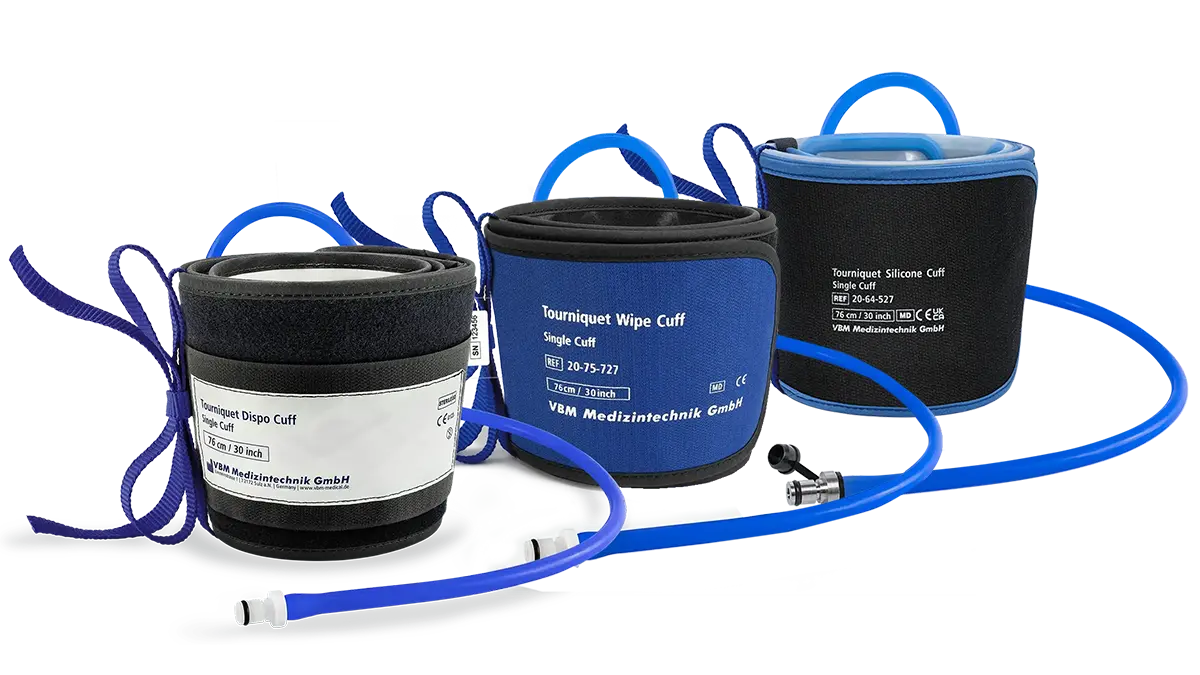
Brassards pour garrots
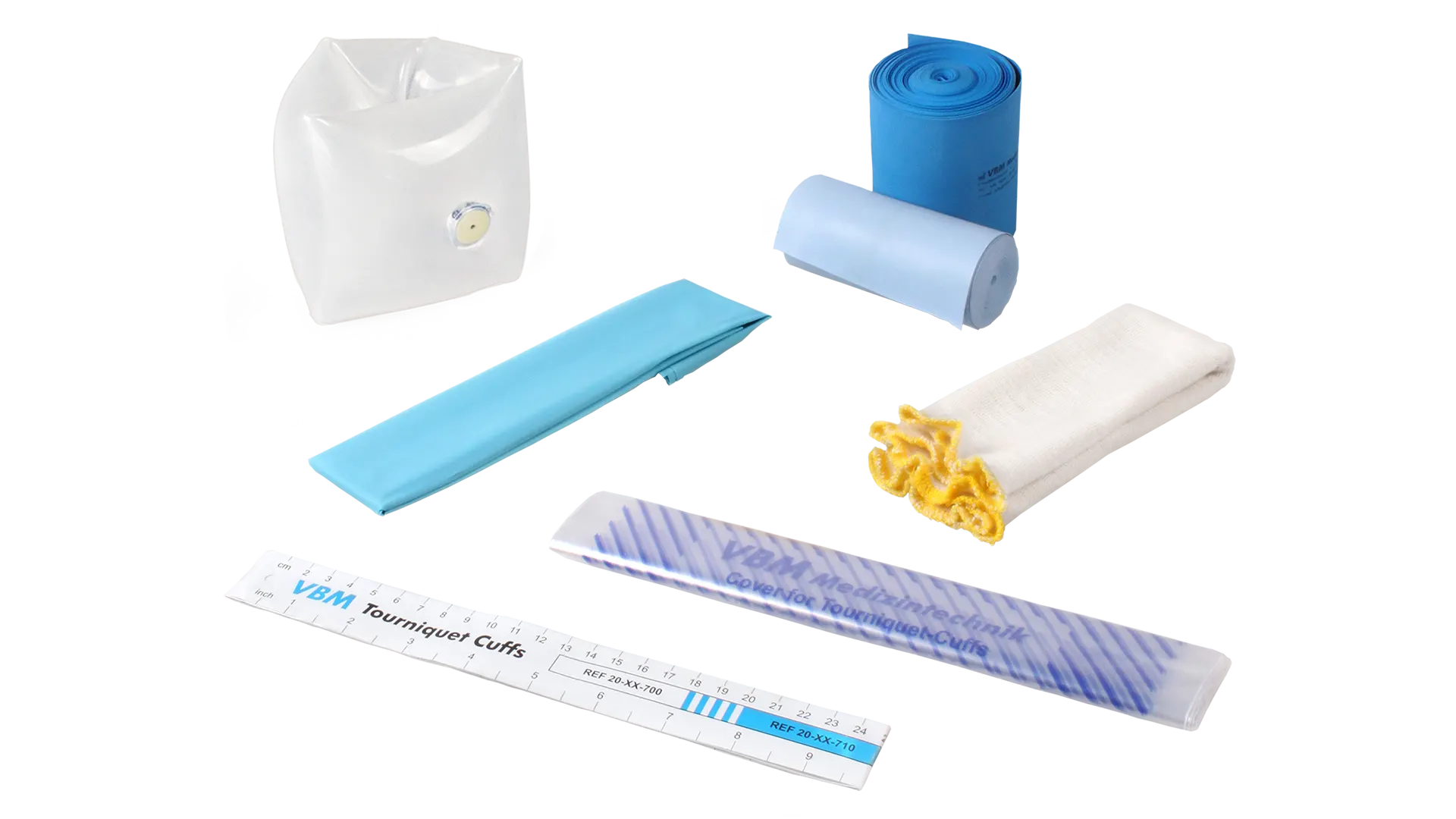
Consommables pour garrots
WEB001_PID-03-01-01_AB_FR

